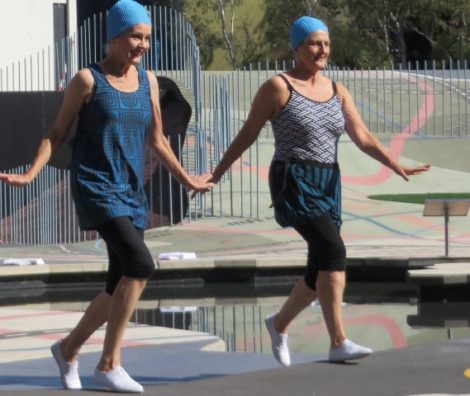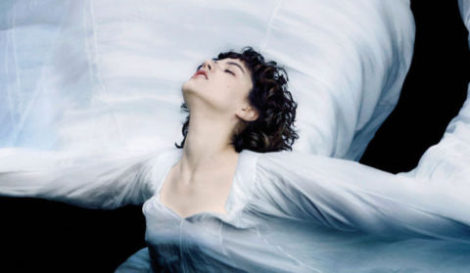New York City Ballet’s most recent offering in its series ‘From our home to yours’ was a film directed by Sofia Coppola based on a concept by Coppola and Justin Peck. It consisted of excerpts from two works by George Balanchine, Duo Concertant and Liebeslieder Walzer; an excerpt from Jerome Robbins’ Dances at a Gathering; a new work, Solo, choreographed by Peck; and the finale from Balanchine’s Divertimento No. 15. What stood out for me in this beautifully danced production, however, was the structure of the film.
The first four excerpts were filmed in black and white, which at first seemed somewhat strange. Why dispense with colour when presenting an art form where costuming, and the colours used throughout, often matter? Only the final section, the Balanchine Divertimento, was filmed in colour.
Then there were the locations to consider. The first excerpt, that from Dances at a Gathering, was performed by Gonzalo Garcia and took place in a studio space. The second, a duet from Duo Concertant performed by Ashley Bouder and Russell Janzen, was set in a backstage area in the David H. Koch Theater, home of New York City Ballet. The third, a pas de deux from Liebeslieder Walzer danced by Maria Kowroski and Ask la Cour, was danced in a public space, the theatre’s Grand Promenade where audiences often gather and socialise prior to performances. The fourth, the world premiere of Peck’s Solo performed by Antony Huxley, took place onstage. Finally, colour arrived and a performance of the finale from Divertimento No. 15 took place onstage with dancers in costume. It was performed as a full production (or part thereof since it was the finale only).
In effect, the film’s structure took us from studio to stage, via the various locations in which a performance is developed and takes place. It was a slow and considered progression and represented the solitude, the lack of social interaction, and the problems of various kinds affecting dancers as they slowly worked, throughout the many months of the coronavirus pandemic, towards an eventual return to full performance.
The development was heightened by the black and white footage for the earlier sequences, with the lack of a certain vibrancy that colour brings, which finally gave way to the colour that we know is a feature of a full production. Moreover, the selection of works also was a progression. The solo from Dances at a Gathering is the opening section of that ballet when it is performed in full, while the work that ended the film was the final section of the full Divertimento No. 15.
In many respects, too, there was a degree of introspection or reflection in the earlier works, which stood in opposition to the joyous movement that characterised Divertimento No. 15. Moving from beginning to end in so many ways, it was a beautifully realised and brilliant concept from Coppola and Peck.
Of course there was some spectacular dancing. I admired in particular the performance by Gonzalo Garcia in the Robbins work. His ability to show the classicism as well as references to character steps, which are a highlight of Robbins’ choreography in this case, was exciting to watch. And Maria Kowroski has always been a dancer I have loved to watch and the engagement between her and la Cour was tender, filled with emotion and very moving.
But what a film!
Michelle Potter, 28 May 2021
Featured image: A coloured image of Maria Kowrowski and Ask la Cour in Liebeslieder Waltzen.
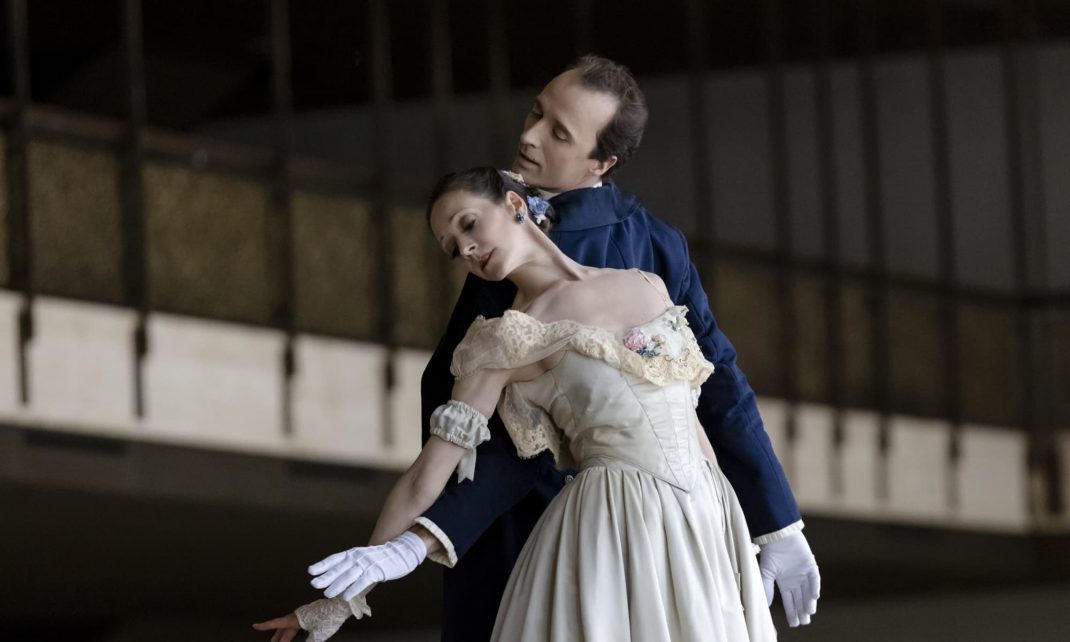

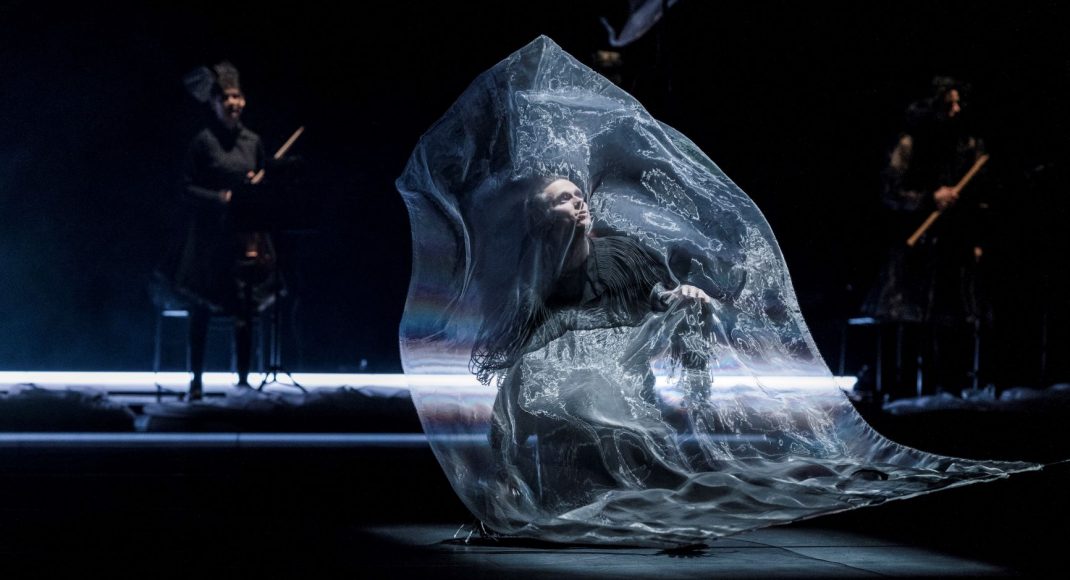
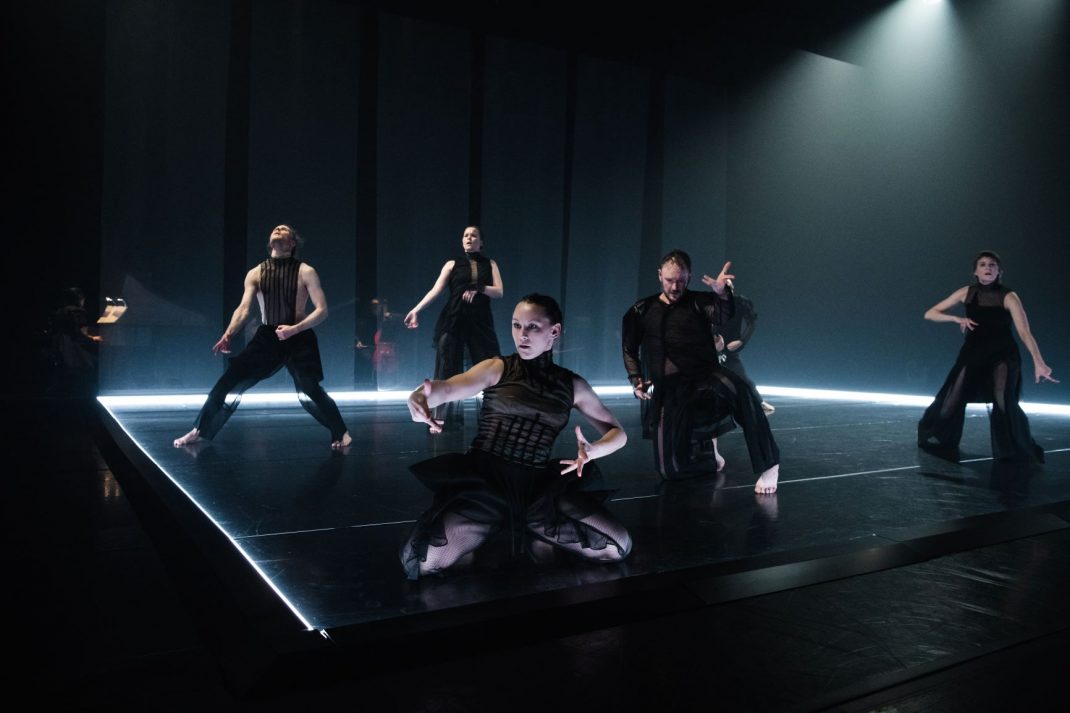
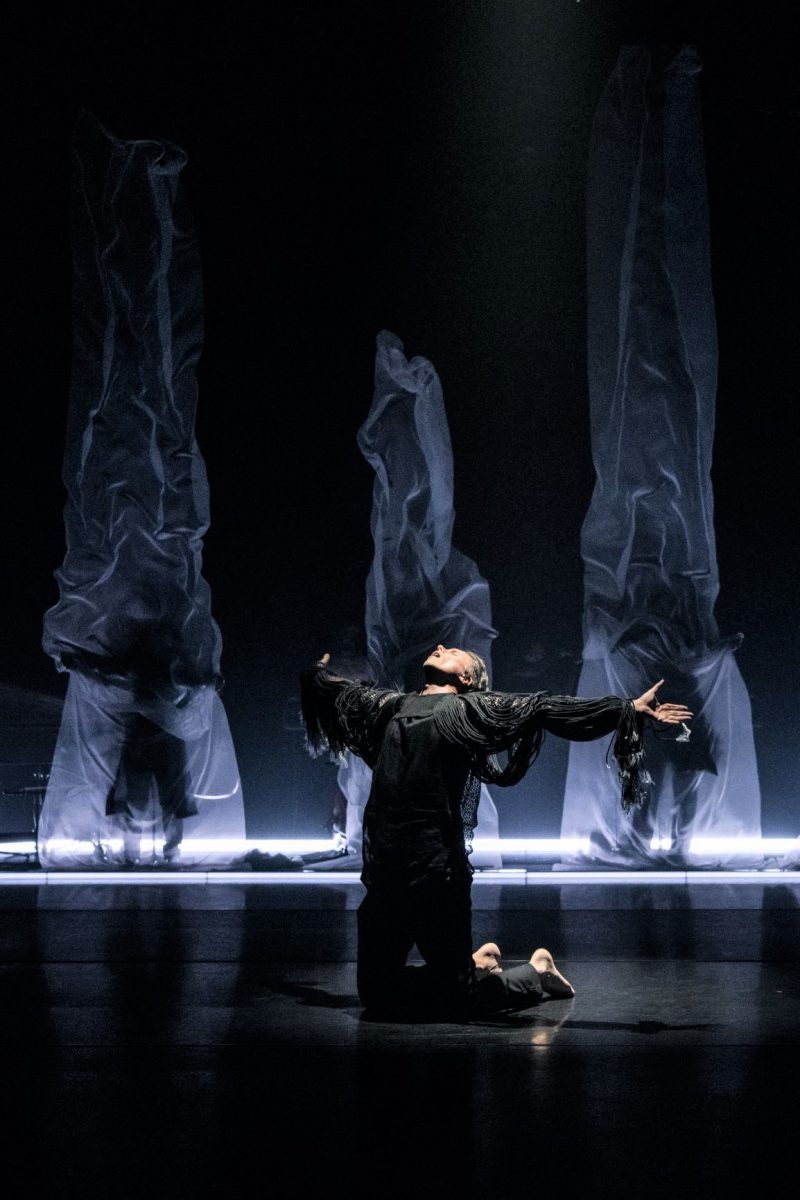
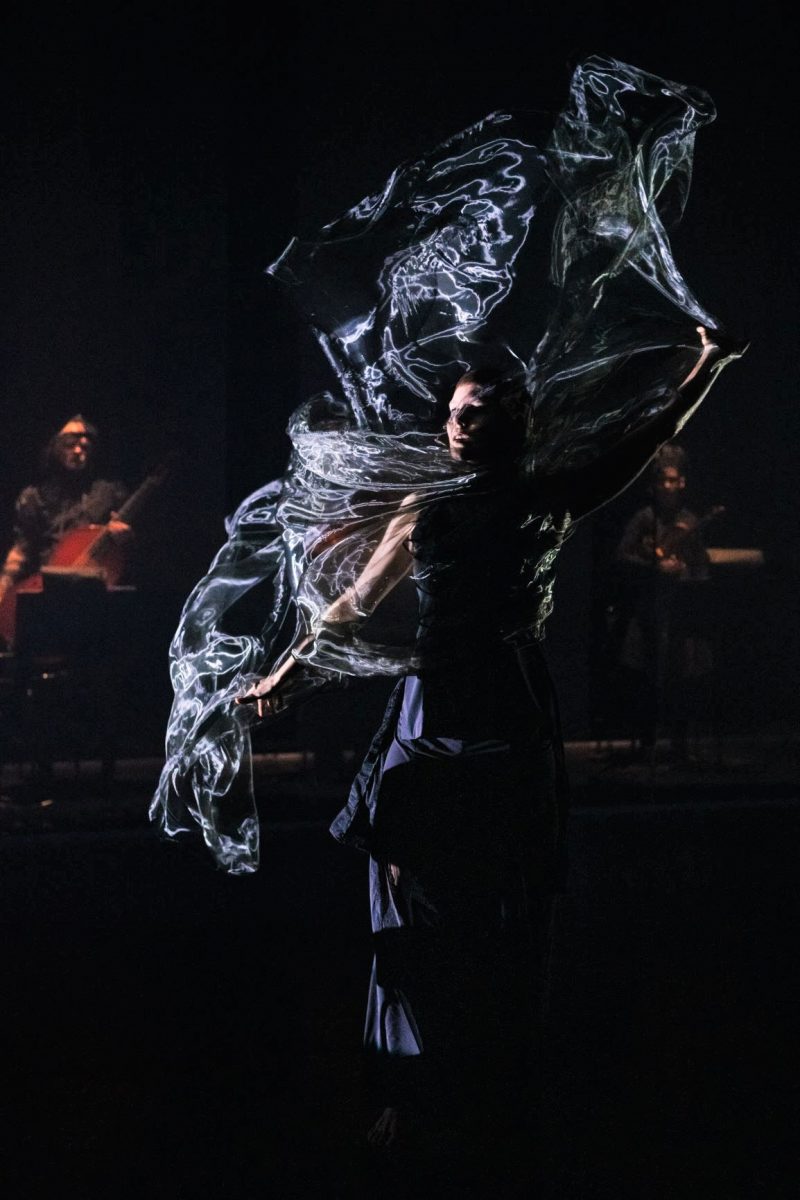
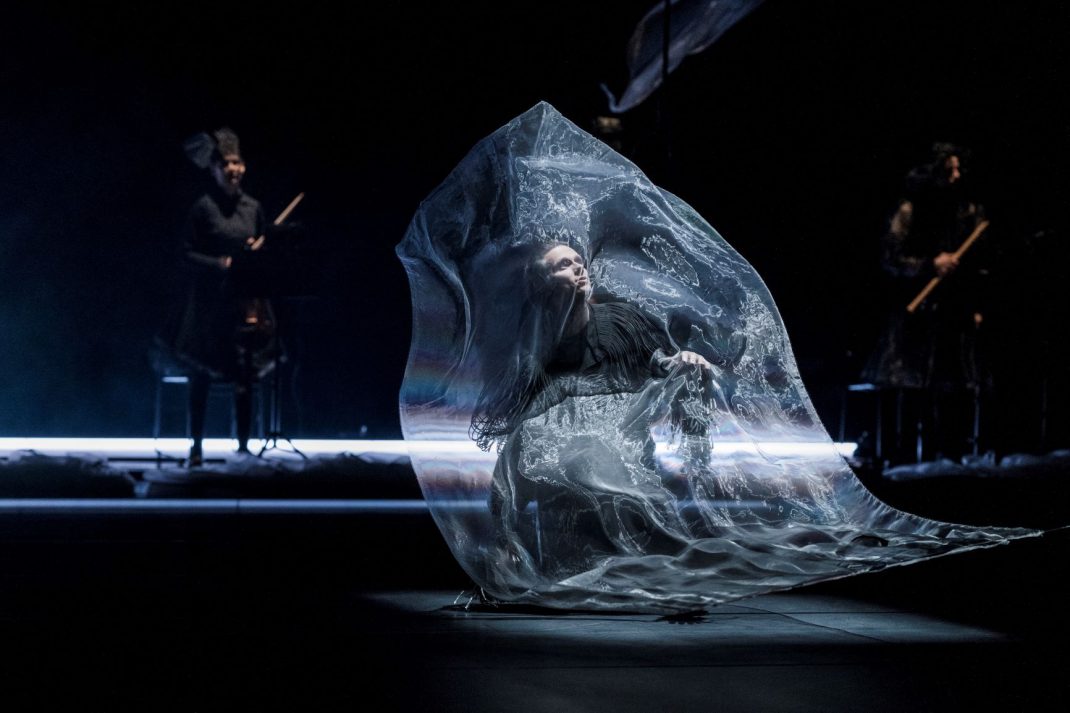
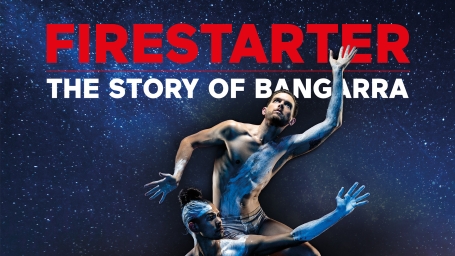
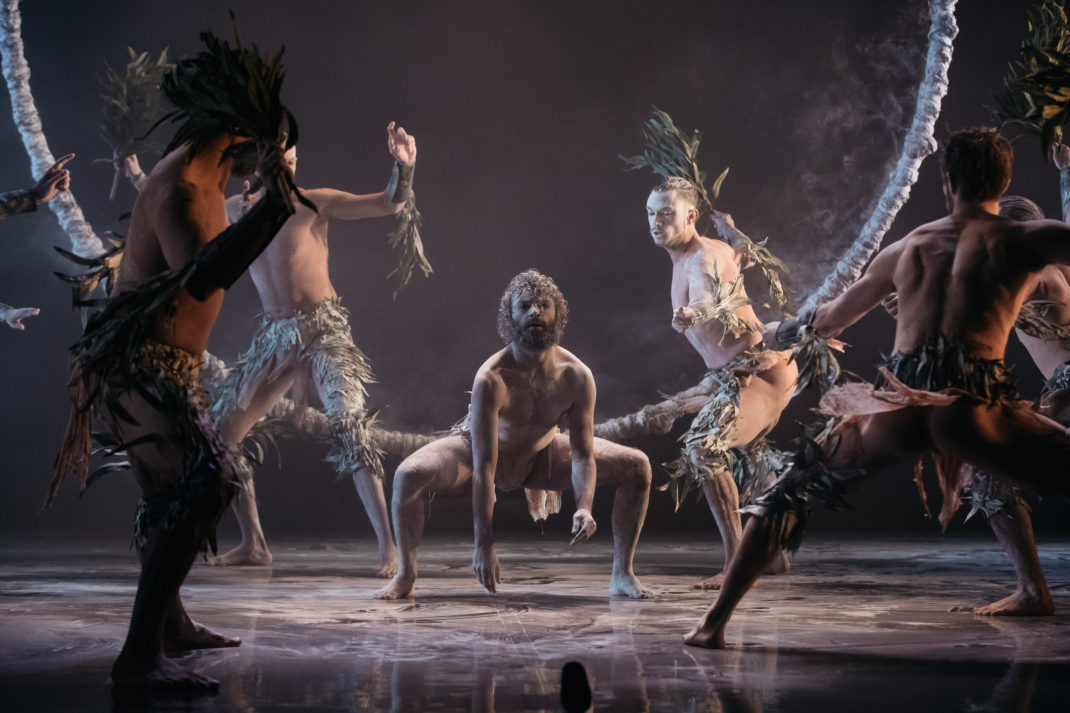

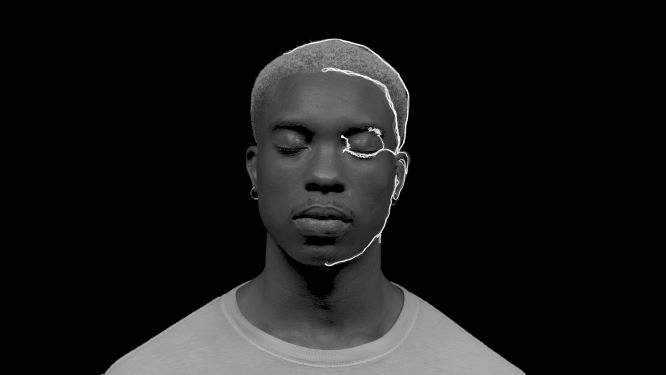
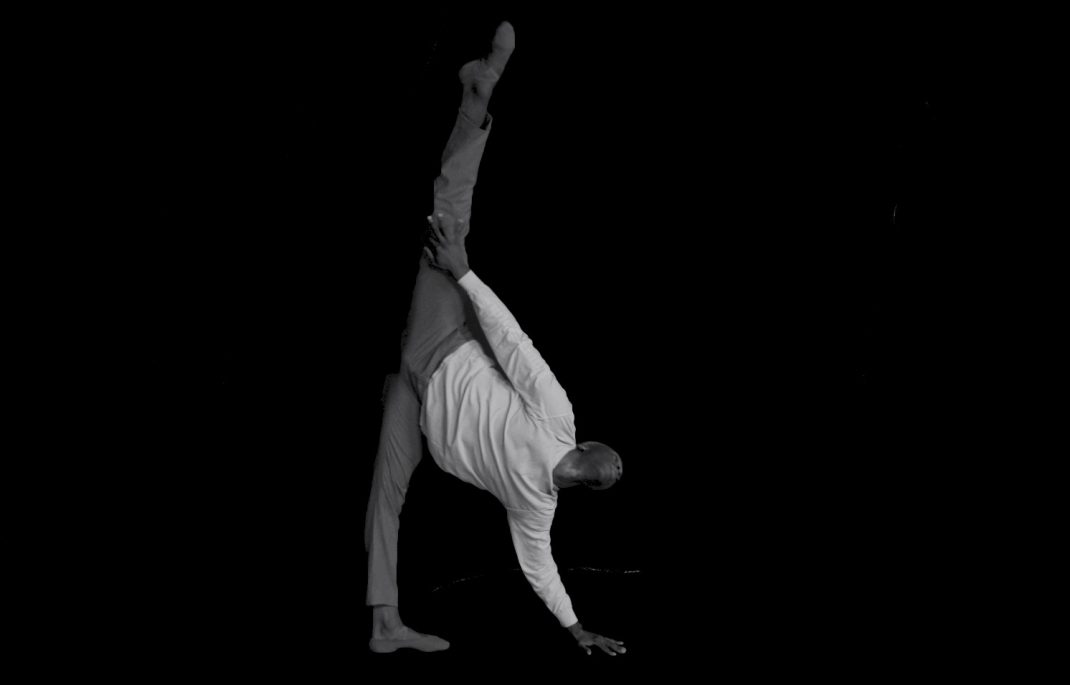

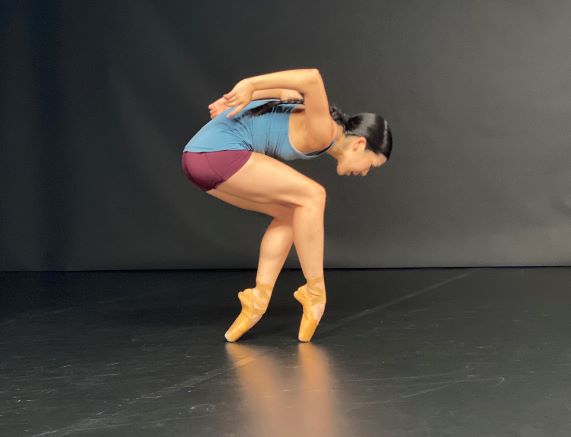
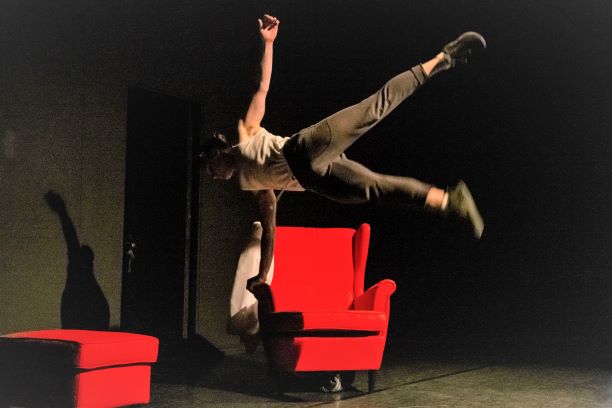
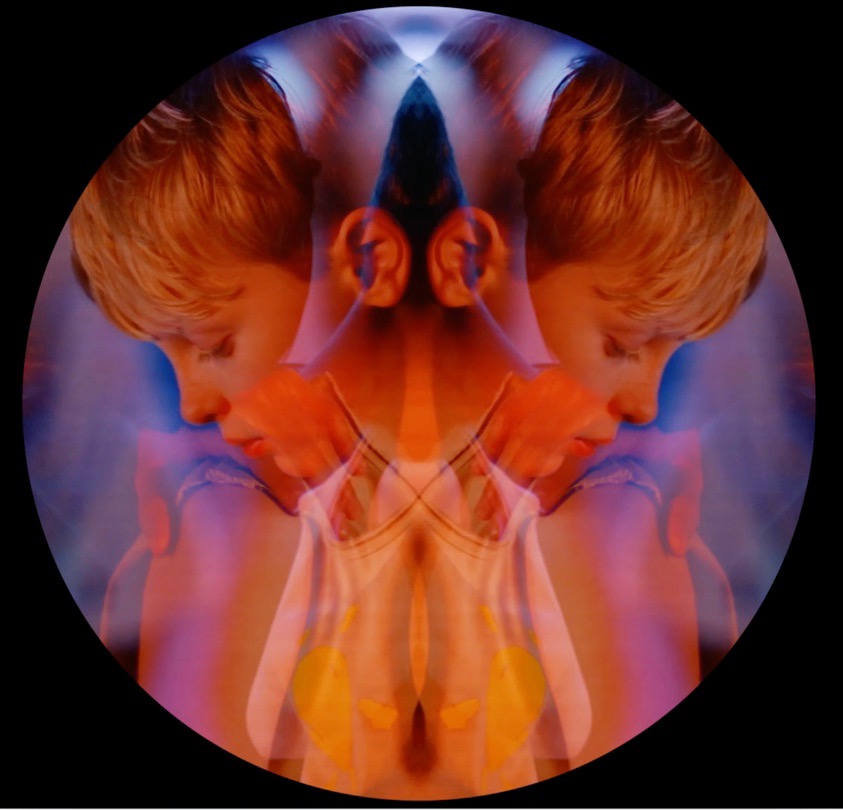
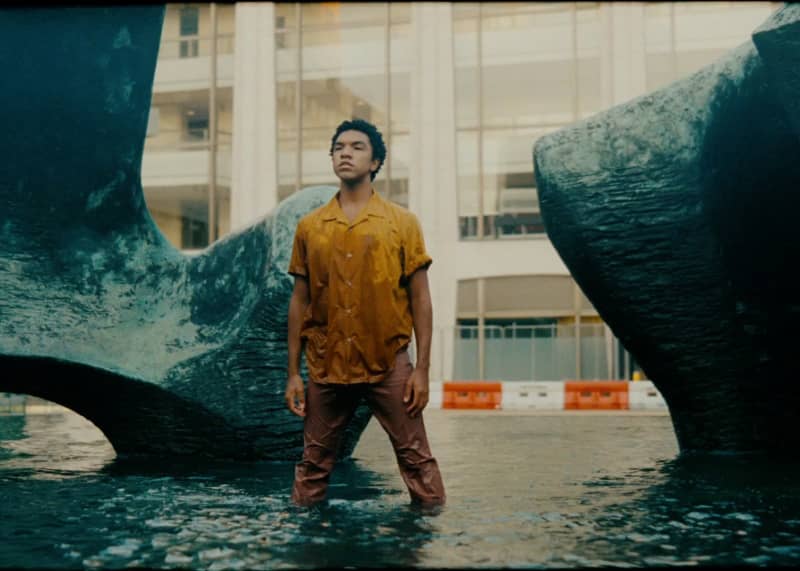
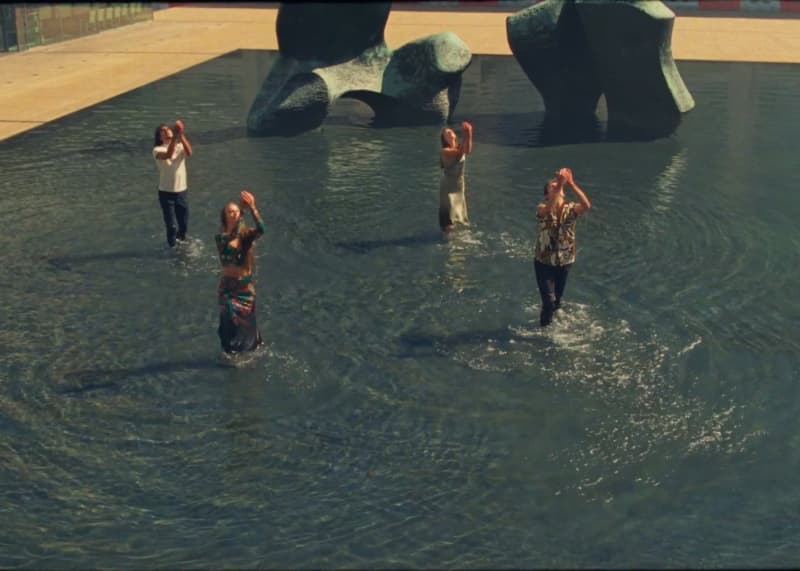
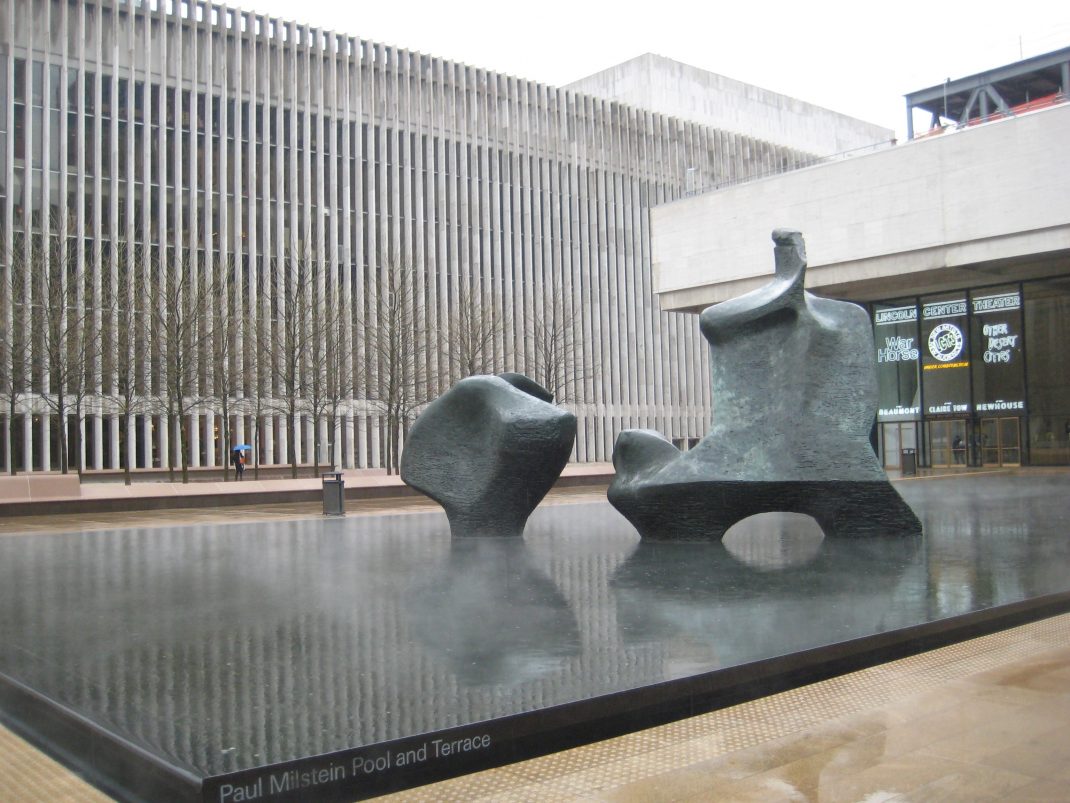
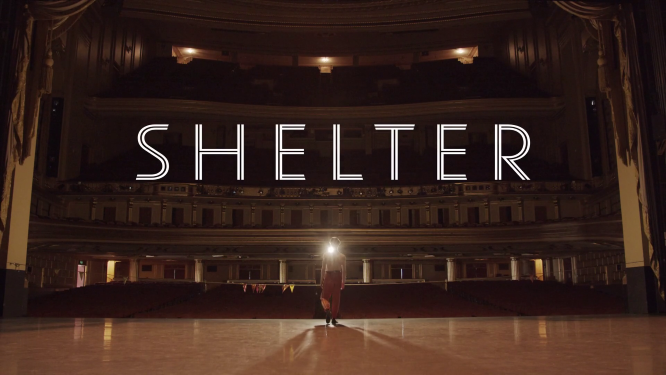
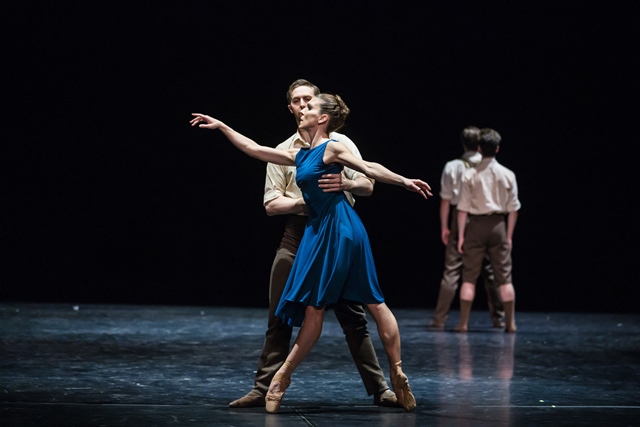
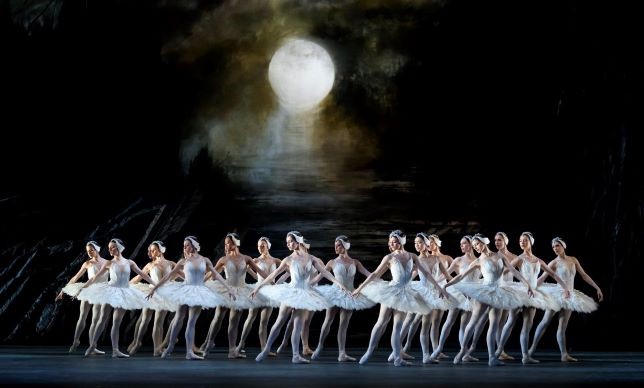
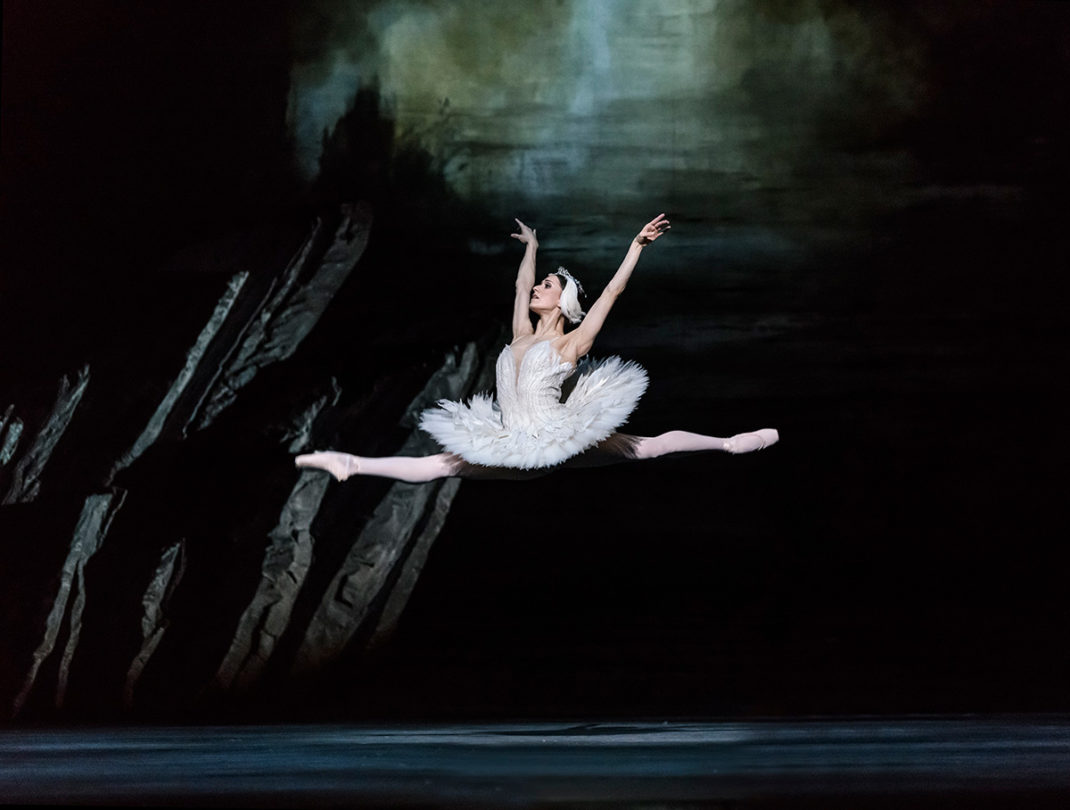
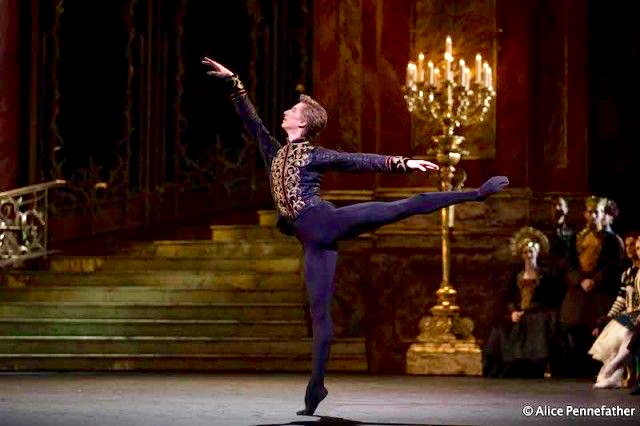
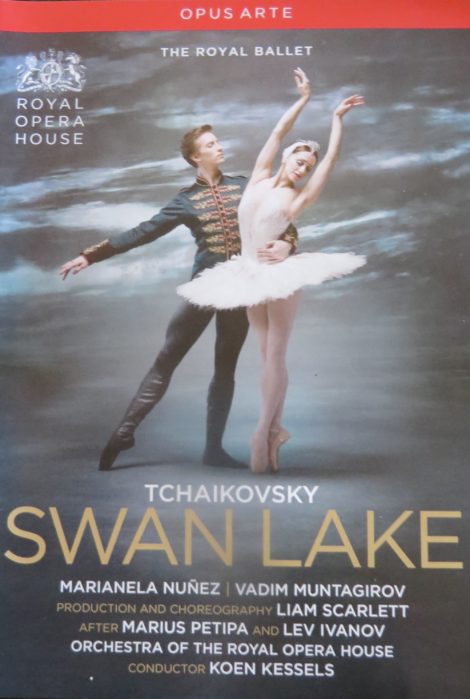
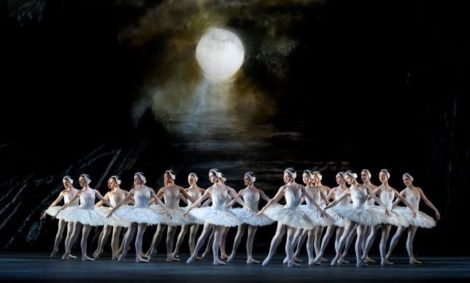
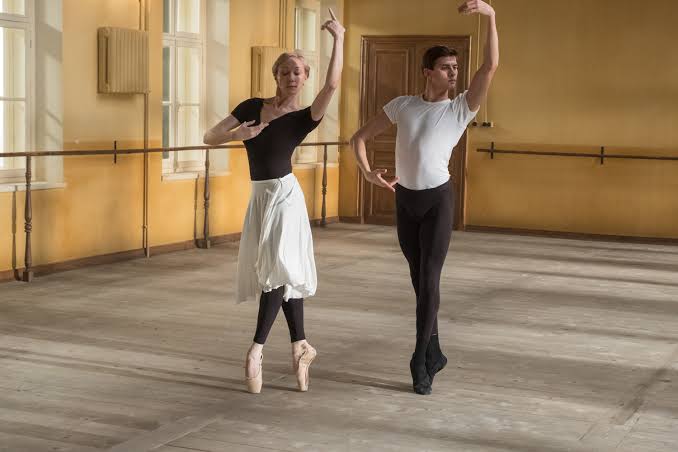
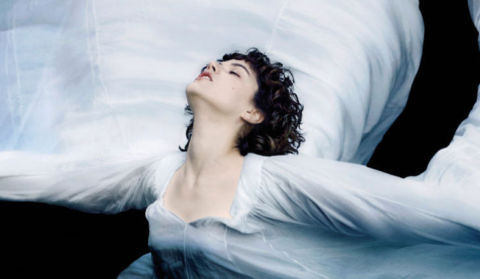
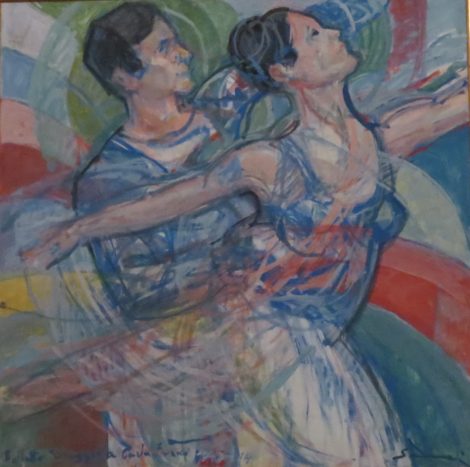
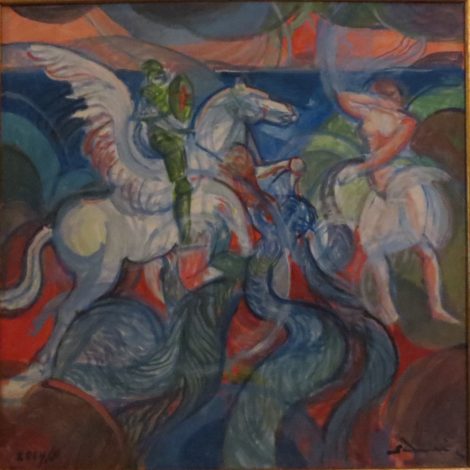 –
–